Brief History
Tibetan history can be traced thousands of years back. However, the written history only dates back to the 7th century when Songtsan Gampo, the 33rd Tibetan king, sent his minister Sambhota to India to study Sanskrit who on his return invented the present Tibetan script based on Sanskrit.
Tibet’s history can be divided into four period:
1. The Tsanpo’s Period
This period starts from Nyatri Tsanpo, the first of the Tsanpos, in 127 B.C (historians differ in view of the date, but this date is taken from the White Annales, a reliable book on Tibetan history) and ends in 842 A.D. at the death of Lang Dharma, the last of the Tsanpos, who was assassinated by a Buddhist monk owing to Lang Dharma’s ruthless persecution of Buddhism. During this period some 42 Tsanpos had ruled over Tibet among which Songtsan Gampo’s rule was considered as the zenith. Songtsan Gamoi was an outstanding ruler, he unified Tibet, changed his capital to Lhasa, sent Sambhota to India to study Sanskrit and promulaged a script for the Tibetan on the latter’s arrival to Tibet, married Princess Wencheng of the tang Court and Pricess Bhrikuti Debi of Nepal, built the Potala and the temple and the temple of Jokhang
2. The period of Decentrailzation
This period began in 842 A.D. the year of Lang Dharma’s assassination, and ended in about 1260 A.D, when Pagpa, the Abbot of Sakya monastery, became a vassal of Kublai Khan, the first Emperor of the Yuan Dynasty. During this period a little is known in history except that Tibet became decentralized into a number of petty principalities.
3. The period of Sakya, Pagdu, and Karmapa’s Rule
This period began with Sakya’s rule over Tibet, followed first by Pagdu’s rule in Lhaoka and then by Karmara’s rule in the Tsang region (Shigatse). The sakya period was the time whten tbiet officially became an inseparable part of China.
This period lasted from 1260 A.D to 1642 A.D during which political powers centered in the three regions of Sakya, Pagdu, and tsang successively ruled over Tibet.
4. The period of the Gandan Podrang’s Administration :
This period is the period in which the Dalai Lama ruled Tibet. It started in 1642 A.D. when the 5th Dalai Lama overtook the ruling power from the Tsang ruler. It basically ended in 1951 when Tibet was liberated and came to a complete end in 1959 when rebellion led by the Dalai Lama was pacified and the People’s Government of the Tibet, Autonomous Region was set up.

 Monday, July 7th, 2025
Monday, July 7th, 2025
 Monday, July 7th, 2025
Monday, July 7th, 2025
 Wednesday, June 25th, 2025
Wednesday, June 25th, 2025
 Sunday, June 22nd, 2025
Sunday, June 22nd, 2025
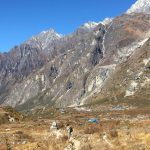 Saturday, June 14th, 2025
Saturday, June 14th, 2025
 Sunday, June 8th, 2025
Sunday, June 8th, 2025
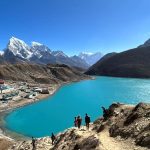 Wednesday, June 4th, 2025
Wednesday, June 4th, 2025
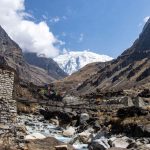 Friday, May 9th, 2025
Friday, May 9th, 2025
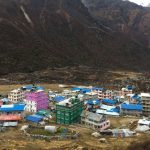 Tuesday, February 25th, 2025
Tuesday, February 25th, 2025
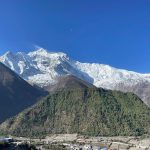 Friday, May 16th, 2025
Friday, May 16th, 2025
